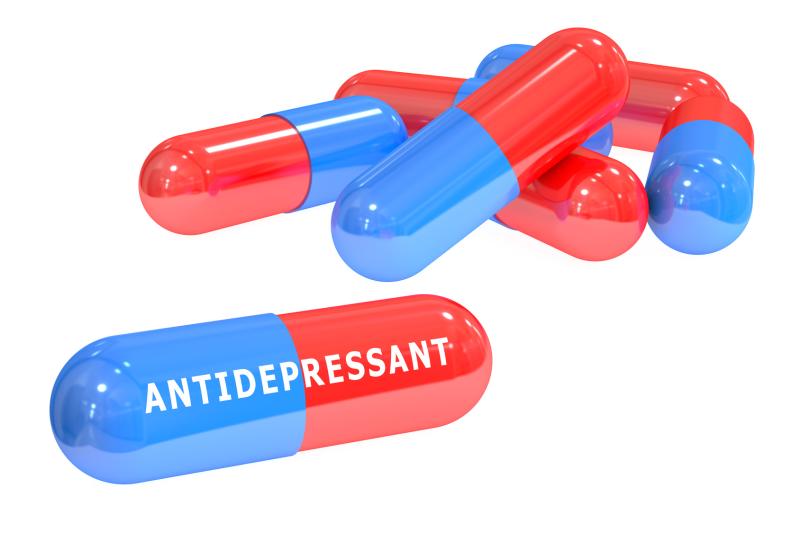
Individuals with untreated depression, as well as users of atypical antidepressants, are at greater odds of displaying markers of cerebral small vessel disease, as reported in a recent study.
The study included 1,905 individuals (mean age, 72.5 years; 60 percent female) without stroke or dementia history who underwent brain magnetic resonance imaging (MRI) at baseline, among whom 1,402 underwent a second MRI at the 4-year follow-up. In the entire cohort, 68 individuals used selective serotonin reuptake inhibitors, 40 used tricyclics, 24 used atypicals, 303 had untreated depression, and 1,470 had no depression or were nonusers of antidepressant.
At baseline, 251 lacunes 3–15 mm were detected in 181 individuals (9.5 percent), with an average of 1.39 lacunes per person. Sites of lacunes were as follows: subcortical white matter (n=105), caudate nucleus (n=39), thalamus (n=37), basal ganglia (n=31), cerebellum (n=19), brain stem (n=16) and internal capsule (n=4).
Use of atypical antidepressants was significantly associated with lacunes at baseline (adjusted rate ratio [aRR], 2.59, 95 percent confidence interval [CI], 1.14–5.88; p=0.023) and follow-up (aRR, 3.05, 95 percent CI, 1.25–7.43; p=0.014).
Likewise, lacune count showed an association with untreated depression (aRR, 1.53, 95 percent CI, 1.06– 2.21; p=0.023).
The present data suggest that cerebral small vessel disease is partly attributable to factors specific to depression and not antidepressant exposure per se, researchers noted. This may prove useful in the selection of antidepressant therapy in individuals with or at risk of cerebral small vessel disease.